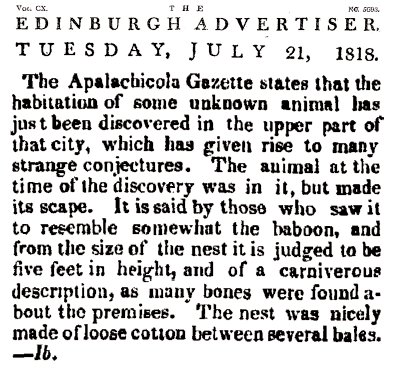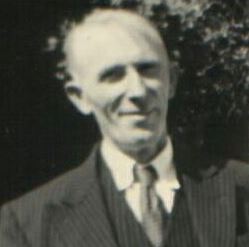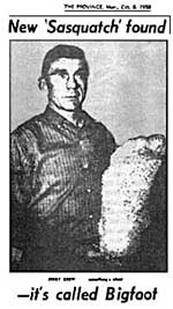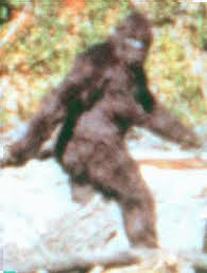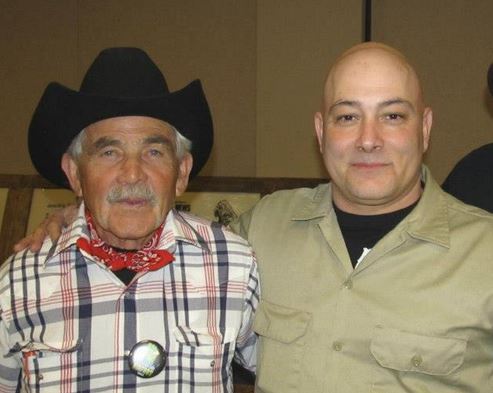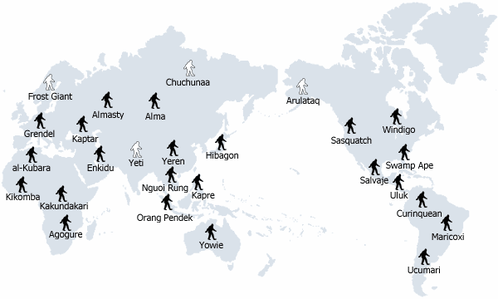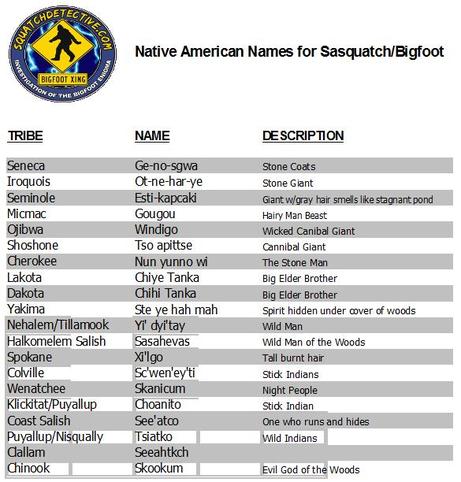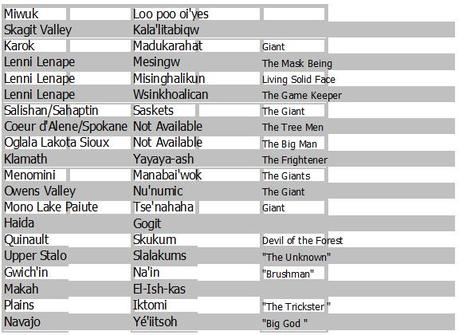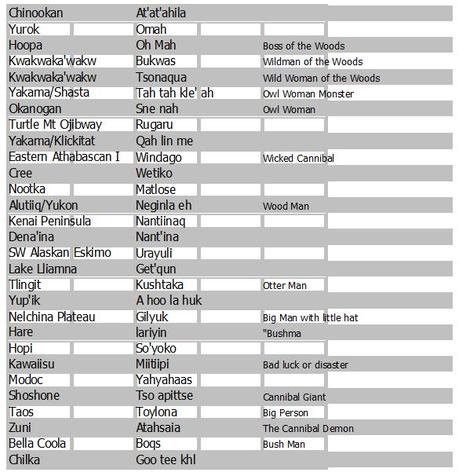Sasquatch History
1818...1924...1958...1968... |
Modern Man
Throughout modern man, reports of a hairy upright being has been seen over the entire world. Although skeptics like to point out that Bigfoot, only existed since 1958 is a great misconception. To say Sasquatch only existed since 1924, when the word was coined by Journalist J.W. Burns would also be a similar misconception. Aboriginal peoples More matter of fact is that Native Americans have known about these beings for some time. As with all Native American legend there is fact behind the stories. So the fact that so many tribes across the North American continent for so long have spoken, written or passed along stories of hairy giants stalking nearby forests or mountains. The stories remain consistent with the newspaper accounts and the accounts we hear of today. In the media From a sociological point of view Bigfoot is a recent term, being only some 52 years old, when terms such as Wild Man, Gorilla, Baboon, have been used. The earliest I've seen, as far back in a newspaper dated with the year of 1818 (Sackett's Harbor, NY), pictured on the left column. Furthermore which is more convincing is the congruence of many details, including color, behaviors, abilities, footprint discoveries, etc. that from an investigative standpoint cannot simply be overlooked. There is a history to back much of what is being reported today. The investigation standpoint Now many skeptics and in the scientific community would ask, "How is this evidence?" What they don't understand it is circumstantial evidence. Not the "beyond a reasonable doubt" stuff, which is the Jury responsibility for a criminal case, but given this, "the preponderance of the evidence" which is the jury responsibility in a civil case, I think we're on to something here. But could it be beyond a reasonable doubt? As an investigator, which I was by profession, I would have to say that if there were a number of witnesses to a series of let's say a "Peeping Tom" (a non-physical evidence in most cases type crime) over a span of time, yes there would be discrepancies. No two people see the same thing the same way, but there would be similarities, enough to pin on the same culprit. That's what we have here. A series of witnesses who see something, they describe similarly, which we would have no problem saying. "We have a Peeping Tom fitting this description..." |
Native American Names for Sasquatch / Bigfoot
|

